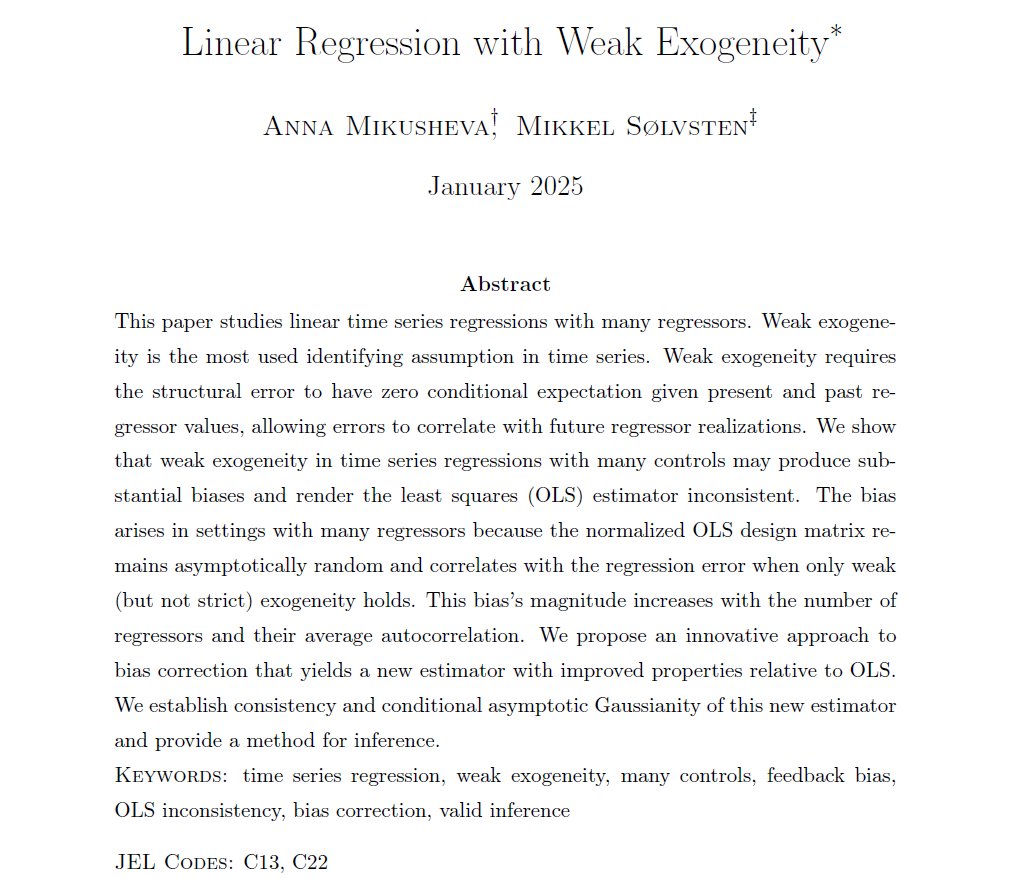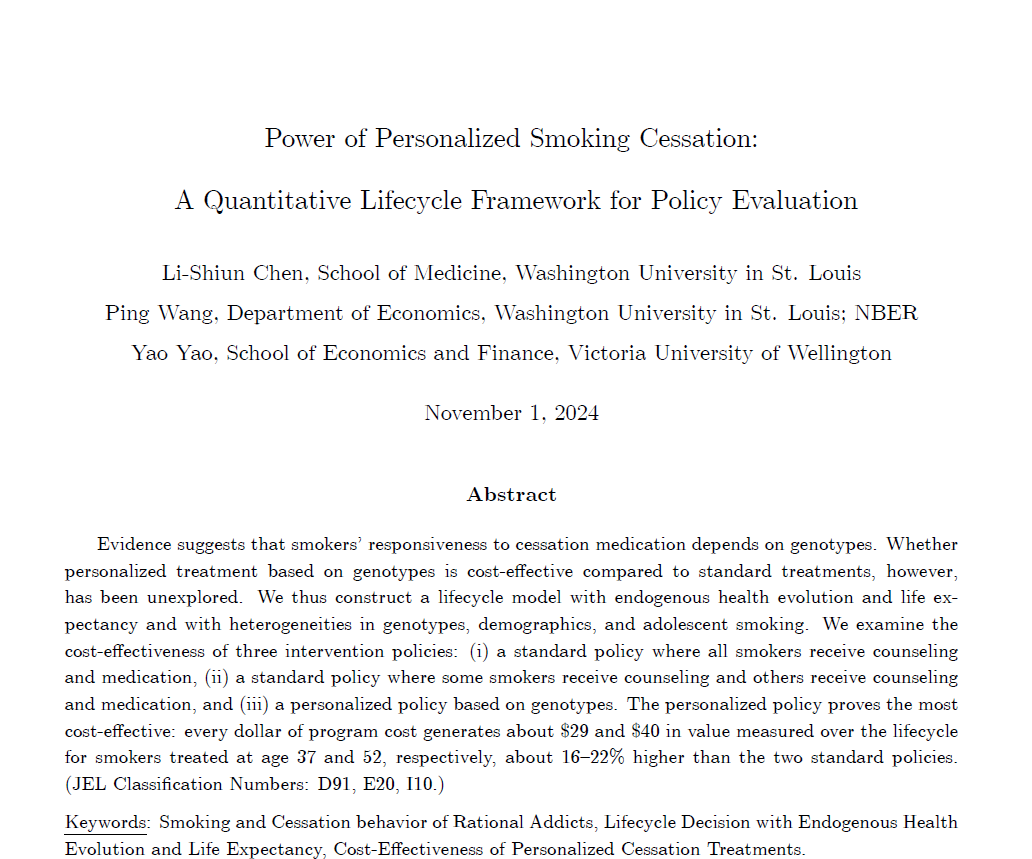
Quantitative Economics
@qe_editors
Followers
13K
Following
2
Media
133
Statuses
191
News from the editors of Quantitative Economics
Joined July 2021
A market so nifty where matchings do grow, stability wins — 88% so! Subjects play smart, strategies unfold, & median matchings overwhelmingly take hold. Echenique, @ARobinsonCortes & @lyariv show us this trick: stability reigns when the players are slick!
0
1
4













